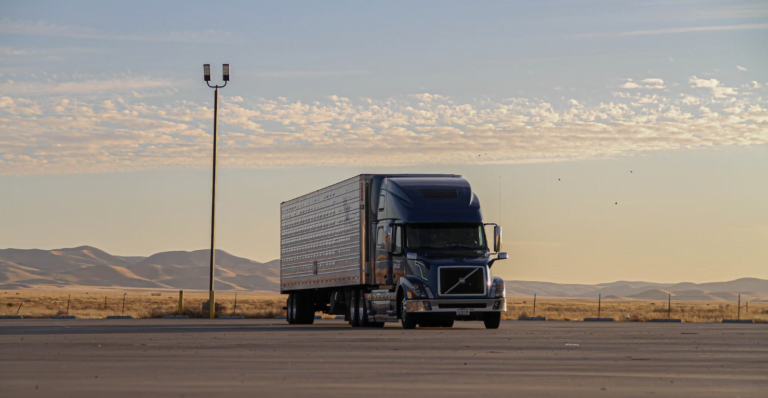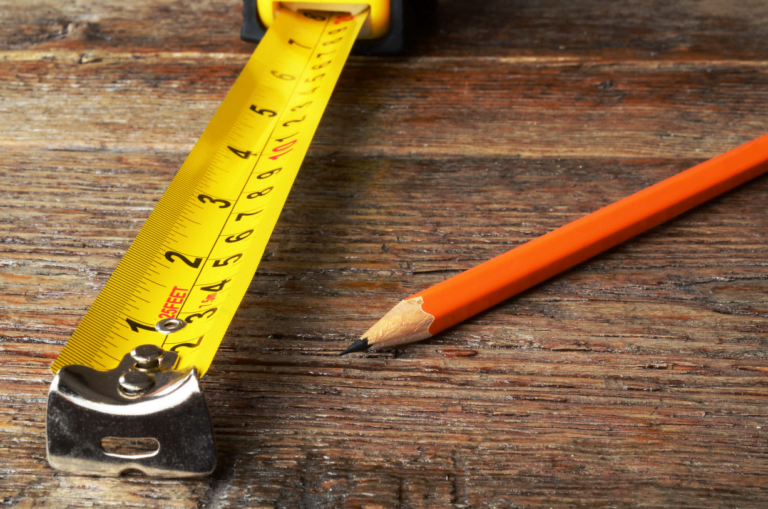Dorothea McKellar’s famous Sunburnt Country describes ‘drought and flooding rain’.
This year, the flooding rains are devastating for parts of eastern Australia.
An entire year’s worth of rain fell across parts of Queensland during the final days of February, resulting in washed-out rail lines, damaged power services, roads disappearing underwater and many businesses and schools being forced to shut their doors.
The floods caused the ‘double whammy’ of roads being closed and stock being damaged.
As reported by news.com.au, floods and train derailments resulted in supermarkets in Far North Queensland running low on supplies. In towns including Rockhampton, Yeppoon, Cairns and Townsville, purchasing limits were introduced to prevent people from panic buying. Many outback areas are also missing their fruit and vegetable deliveries, after warehouses in Brisbane flooded. One wholesaler described the water levels as being “over our heads”.
At the time of writing this post, rains have been travelling south and are bringing similar levels of devastation to parts of NSW. Many people have retreated to evacuation centres as ‘rain bombs’ cause water level to rise.
Freight companies are working to reroute deliveries of essential goods, using roads that can still be travelled on by larger vehicles. In some cases, deliveries are being made with the help of small boats.
What this means for deliveries
Obviously, the priority right now is getting people to safety, keeping them healthy and making sure they are fed. Deliveries of supplies to help clean the many thousands of homes that have been impacted by floodwaters are also high on the list.
The floods have unfortunately put Australia’s already strained delivery networks under even more pressure. To add to the crises of driver shortages, damaged railway lines between Adelaide, Perth and Darwin, and rising fuel prices, we now have further delays as we wait for floodwaters to recede.
You may have goods on the road that are now delayed, or you may be caught up in a delivery bottleneck due to the intense weather and resulting damage. If this is the case, keep in touch with your customers. Let them know that you are doing your best and that their patience is appreciated.
If you feel like your customers can’t wait, you need to find a freight provider that is still able to deliver to affected areas. This may involve sending goods by air instead of road, then identifying local providers who can take things from there.
There are always options when you know who to reach out to. Contact EFS to find out more.
Get help to figure out your freight options in 2022. Contact EFS today.






